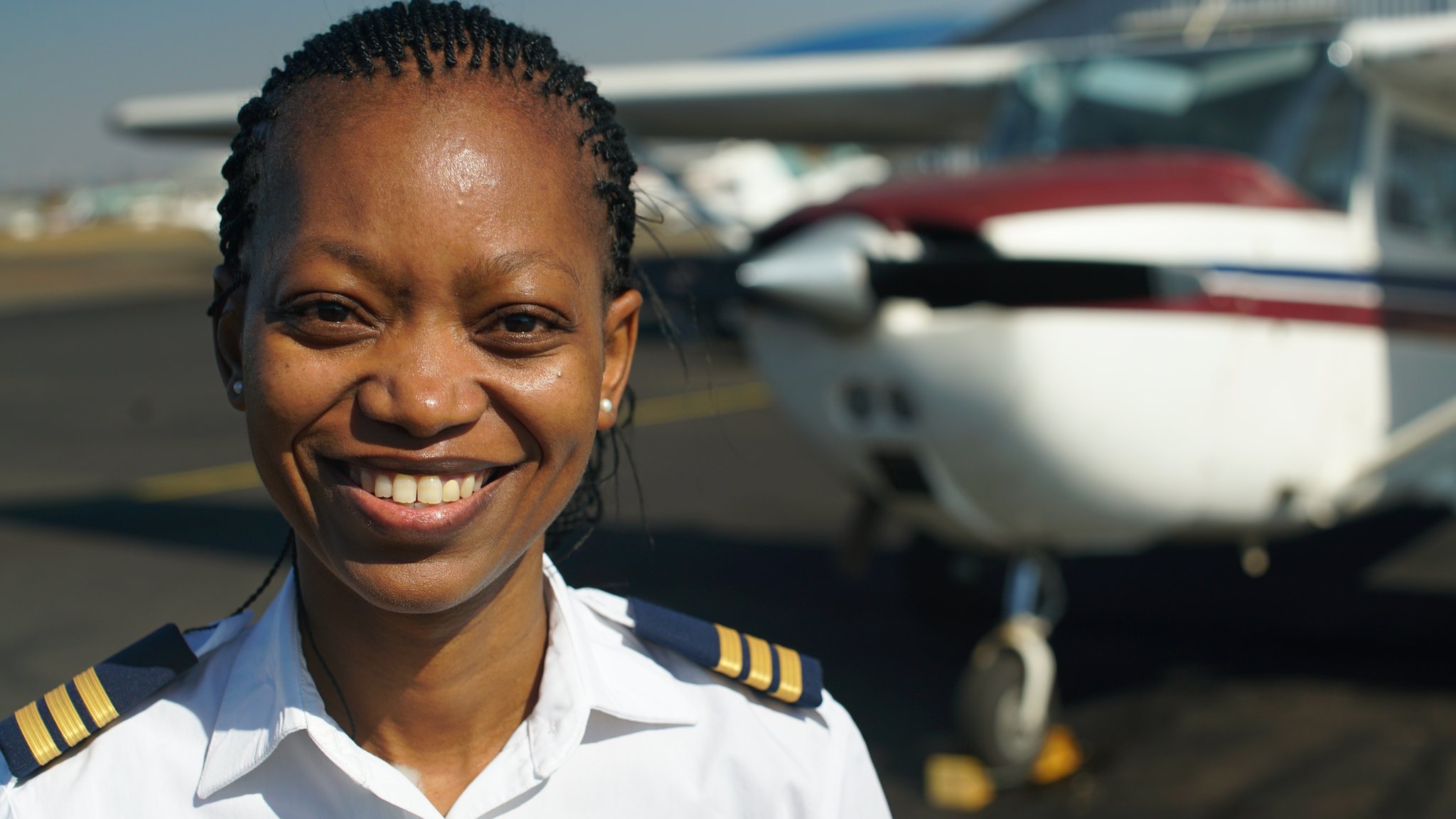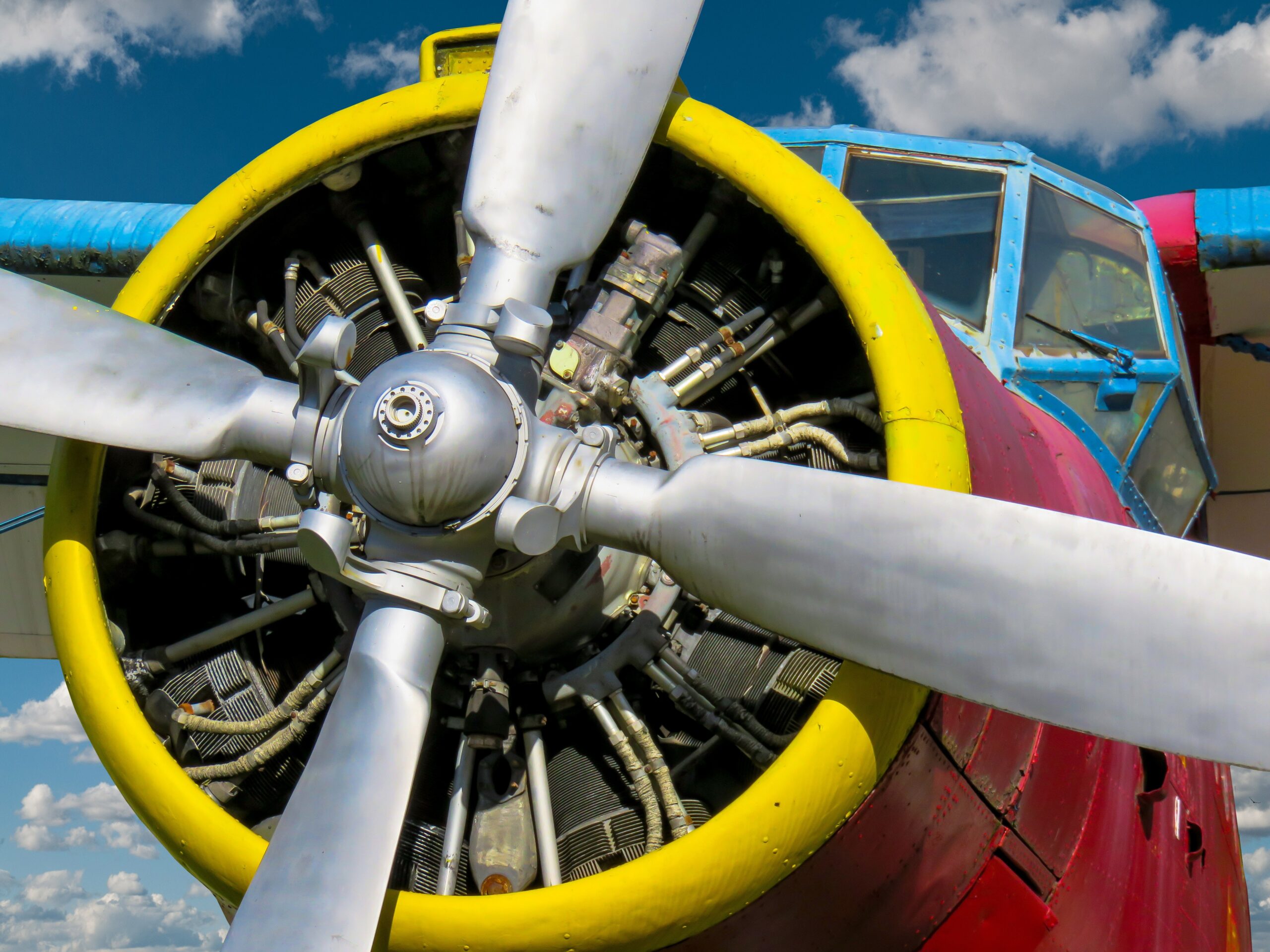
How Do Airplane Engines Work Exactly?

I’m assuming when you ask if “planes are gearless” you’re really asking do aircraft have multi-gear transmissions like cars?
None that I know of.
But many aircraft engines are geared to slow the engine RPMs down such that the propellers operate at an efficient RPM. Turboprops for example.
Most internal combustion propeller driven aircraft fly at specific RPMs for the different stages of flight. For example, take-offs and departures are usually at the designed maximum RPM, while en route the engine is usually operated at a slower and more efficient RPM. You can think of the RPMs as acting kind of like gears in a car.
Interestingly, an aircraft engine’s RPM might not be changed while en route, yet the engine power (e.g. speed) CAN be changed easily.
There are three controls that are used to adjust an internal combustion engine’s power. The throttle is very similar to a car’s gas pedal in terms of adding or subtracting power. But an airplane is different in that the engine typically runs at the same speed even as the throttle changes the engine’s power output.
How does that work? The propeller knob changes the engine’s RPMs. For take-off, it is set to full forward to ensure maximum power when the throttle is also pushed full forward. So you see, a given RPM acts like a particular gear in a car and the throttle acts like the gas pedal.
Once at cruise altitude cruise speed is set by reducing the throttle to the appropriate cruise power setting (measured in inches of mercury), and then the propeller RPMs are also reduced to the cruise setting. Finally, the mixture knob is used to lean the fuel/air ratio to the correct stoichiometric ratio for the altitude. The reason for the mixture control that you won’t find in a car is that aircraft operate at a range of altitude far beyond what most cars do and as such the mixture needs to be able to be manually adjusted.
There are nuances to engine operations, but in general, if the pilot wants the aircraft to go faster the throttle is advanced; to slow down the throttle is retarded.
But the RPMs stay the same because the propeller control hasn’t been moved. How does that work?
Simple. The propeller blades automatically change pitch, taking a bigger bite out of the air to go faster or less bite to go slower.
You’ll notice that in none of this was there anything remotely resembling anything like a car’s transmission.
